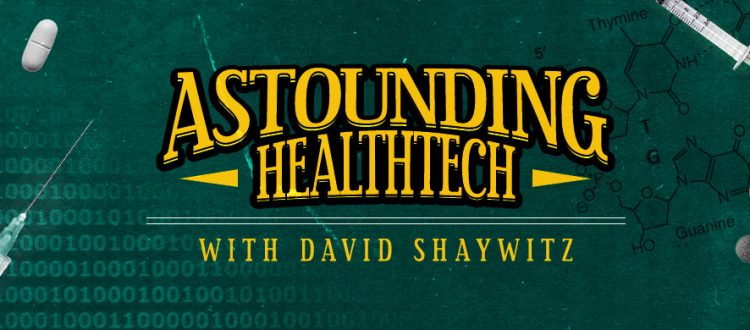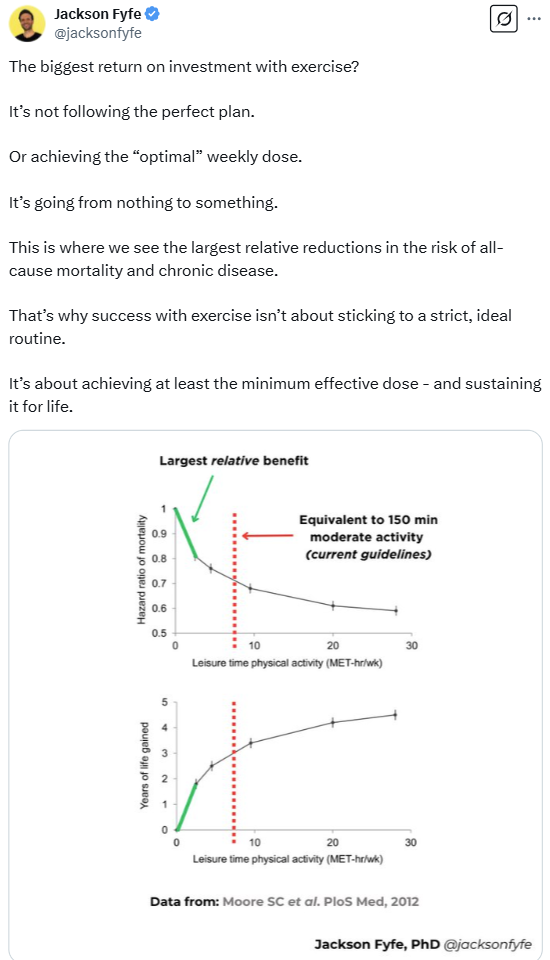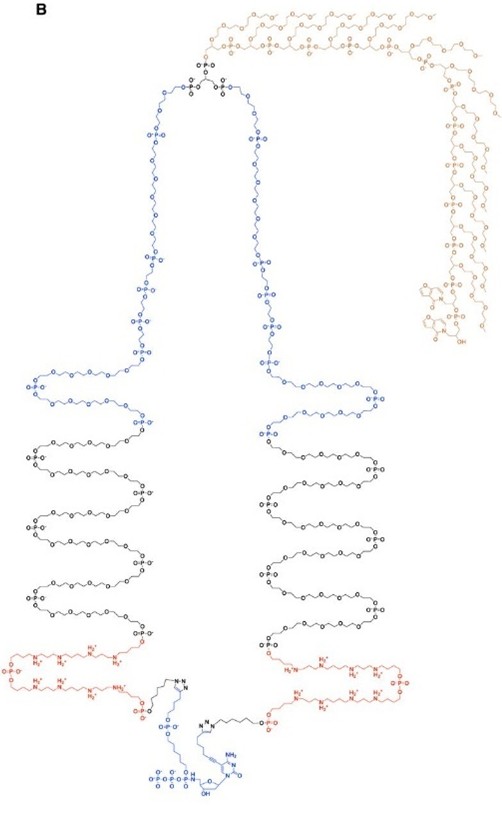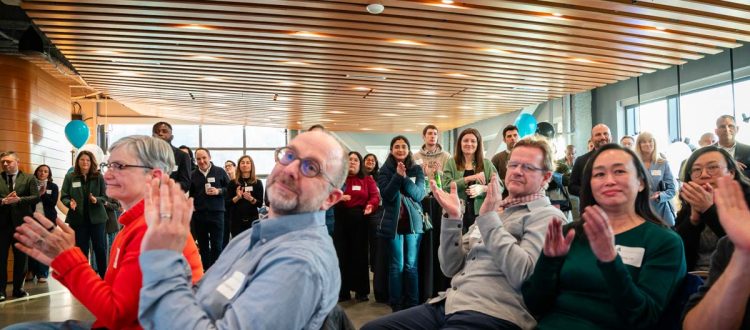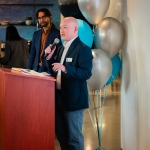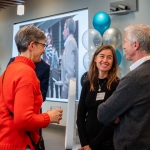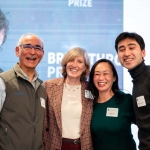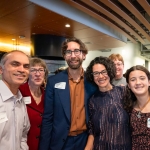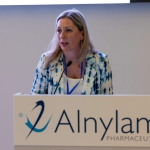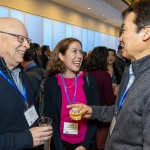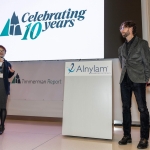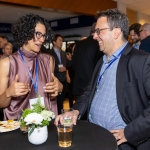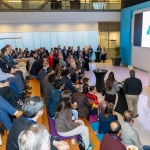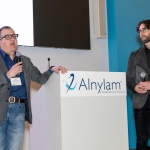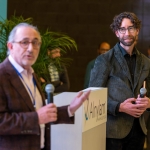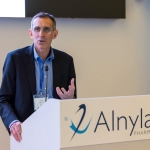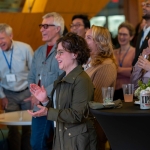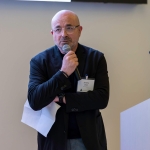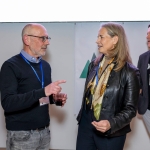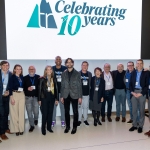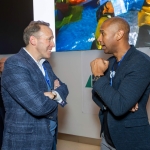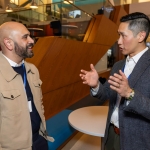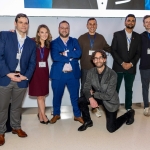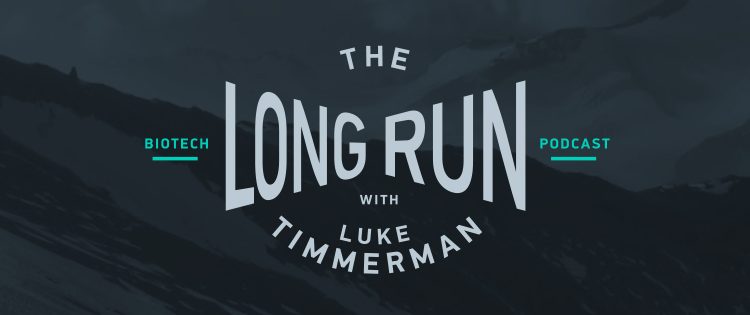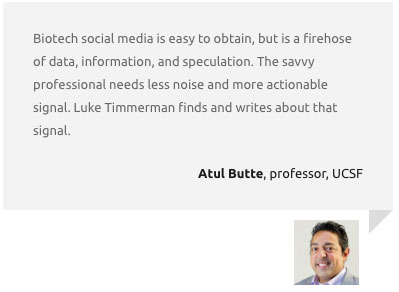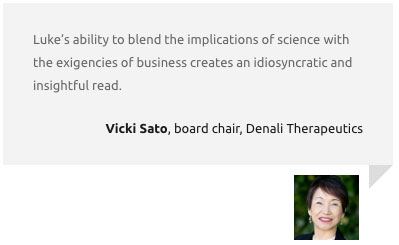Whether professional writers could turn a direct connection with their readers into a real living was a different question. In practice, most journalists who were attracted to the immediacy of blogs, including myself, wound up working for online or hybrid print/online publications that ran their businesses on advertising, or on some combination of advertising, corporate underwriting, and event revenue.
Much later, with the advent of off-the-shelf paywall and subscription software, writers could once again think about selling their ideas directly to the readers most willing to pay. But very few journalists have actually tried this. Andrew Sullivan is a famous example (though his publication The Dish now seems poised to shut down). Many in San Francisco/Silicon Valley are watching tech news site The Information to see whether its creator Jessica Lessin, a former Wall Street Journal reporter, can persuade a critical mass of technology industry insiders to pay $399 per year for her publication. The Information promises subscribers an inside view of the trends shaping the computer, software, mobile, and Internet industries. “No aggregation, no bullshit,” the site says. “We only write articles that matter to our subscribers and are backed by exclusive reporting.”
Now biotech industry insiders have a similar option: the Timmerman Report. Unveiled yesterday by veteran journalist Luke Timmerman, a Knight Science Journalism Fellow at MIT in 2005-06, it’s a subscription-only publication aimed at professionals in the life sciences industry. Timmerman is the sole staffer, and he’s charging $99 per year ($25 for graduate students and postdocs).
It’s a daring career move, considering that some freelancing for Forbes and a book-in-progress about systems biology pioneer Lee Hood are his only other gigs. But Timmerman says he thinks he thinks he can make it work as his main source of income. And as a longtime marathon runner and mountain climber, he’s certainly no stranger to situations that call for endurance.
Timmerman is also the first to say that solo publishing behind a paywall probably isn’t an economically feasible path for every journalist. Working in his favor, he’s got a long track record covering the biotech industry and a large network of longtime readers (including 14,800 followers on Twitter). As he also notes in the Q&A below, “I’m fortunate to write about a niche industry that has some good media outlets, but nowhere near the saturation coverage you see in technology or politics.”
Read on for a look at Timmerman’s newest project and the business thinking behind it. Disclaimer: Luke is a friend and former colleague. We served together for many years at the online innovation news network Xconomy, Luke as the Seattle editor and national biotech editor, I as chief correspondent, Boston editor, and later San Francisco editor. At Xconomy, Luke wrote a widely followed weekly column called BioBeat; the (free) column archive is a still a great resource for folks in the life science business.
Wade Roush: What’s the mission of the Timmerman Report?
Luke Timmerman: Timmerman Report is an independently-owned subscription publication for biotech professionals. It’s for anyone who seeks to understand new drug development, diagnostics, genomics, and other technologies that are changing medicine. Timmerman Report will serve readers with in-depth news, features, and commentary.
WR: How do you intend to distinguish your coverage of life sciences business news from what’s on offer from places like Fierce Biotech, Bloomberg, and trade publications?
LT: I get most of the same commodity press releases other outlets do, and it doesn’t make sense for people to pay for something they can already get from free media sources. Much of the culture of journalism is based on running with the pack, and aggressively pursuing the big story of the day, so this is a hard habit to break. I try to think about what I find most interesting and what I think will be important in the near future, and write about that. Writing about biotech for many years has enabled me to spot trends early, and see patterns that I didn’t see when I was getting started. Writing an original column also forced me to exercise this mental muscle on a weekly basis.
WR: What are some of the big, ongoing stories that you’ll be following in the coming year?
LT: There’s a lot of interesting technology in its infancy that is being hyped, but there’s also quite a bit of technology that people dreamed up years ago that is suddenly beginning to show real promise. High-speed DNA sequencing technologies, gene therapy, gene editing, RNA-based therapies, antibody engineering, and molecular diagnostics are all interesting areas to watch at various stages of maturity. We are seeing some very promising, but preliminary, data from cancer immunotherapy companies.
On the macroeconomic level, there’s a historic boom in biotech stocks, and many observers, myself included, will be watching to see how long it can continue. That boom promises to help drive ahead many of the technologies listed above. One key countervailing force, however, will be the question of price. High pricing of drugs and new diagnostics is an evergreen issue. What’s actually new is that we are starting to see payers start to push back more aggressively.
WR: You’re trying the Andrew Sullivan approach to making this into a business, with a $99/year paywall, no advertising, no sponsored content. How did you settle on that business model?
LT: I’ve seen many ideas for business models go in and out of fashion in journalism during the past two decades of digital disruption. There are certain advantages to going with free content and getting advertisers to pay for it, but you always have editorial independence issues to wrestle with. The subscription model will turn away many readers who want their content for free, or more casual readers. It goes against the grain of the sharing economy in some ways. But ultimately it’s a business model that is accountable to a large group of individual readers, not a small group of advertisers who may have their own agendas. I also see a need to help graduate students and postdocs find their way into a competitive industry. I like the idea of giving them the same access to my reporting, the same stuff which wealthy executives and investment managers use to help them think about the business.
WR: What makes you confident that the subscription-only model will work for you?
LT: The subscription business model is really an old-fashioned one that has worked for newsletter publishers for decades. After 15 years of covering biotech, I have built a large and highly engaged group of readers. They have told me many stories about how my reporting, at various times, helped them find a new investment, a new partner, or a new job. That’s real value in a way that changes people’s lives. It got me thinking there must be a way to charge for it and still reach a reasonably large audience. I did some market research, and tested the flat $99 price, and got a lot of positive feedback. I also looked at what Andrew Sullivan and The Information have done recently with online subscription models in different audience niches. It seemed to me like the right time for something like this in biotech.
WR: How often do you plan on posting?
LT: I’m thinking about 3-5 stories a week. That’s less than what a lot of people produce at advertising-supported, page-view driven websites, but roughly in line with what I used to produce a decade ago at a daily newspaper that was supported through subscriptions and ads. The plan is to spend enough time on reporting and writing to deliver the caliber of reports my subscribers expect.
WR: Are you hoping this will grow into your main source of income? Meanwhile, you’ve got other irons in the fire, like freelancing for Forbes and the Lee Hood book, right?
LT: I do see Timmerman Report becoming my main source of income. Frankly, I only need to secure subscriptions from a small percentage of my existing following on Twitter and LinkedIn for this to provide me with a decent living. I have also recently begun freelancing at Forbes.com, at a modest rate. Both platforms – Timmerman Report for a group of highly engaged industry insiders, and Forbes with its broader audience – will allow me to spread the word about the Hood biography.
I think the Hood biography is a great story about a rich life in science, and I’m really excited about it, but I am aware that I’m writing about a scientist who isn’t a household name. I don’t want to say the Hood book is a labor of love, because I’ve worked hard to make this story accessible to a large, non-scientific audience, but I do have to be realistic. This isn’t exactly going to fly off the shelves like Walter Isaacson’s book on Steve Jobs.
WR: Do you think the direct subscription model might work for more journalists in the future? What does it take to make it a realistic gambit?
LT: It will work for some solo operators, but not many. I’m fortunate to write about a niche industry that has some good media outlets, but nowhere near the saturation coverage you see in technology or politics. Biotech also has a lot of well-paid professionals who recognize that they need a constant stream of timely, reliable information to do their jobs well. These readers earn enough money to subscribe to a handful of publications. I also have a 15-year track record of writing about this industry, and have built a large network of sources, so people know what they can expect.

